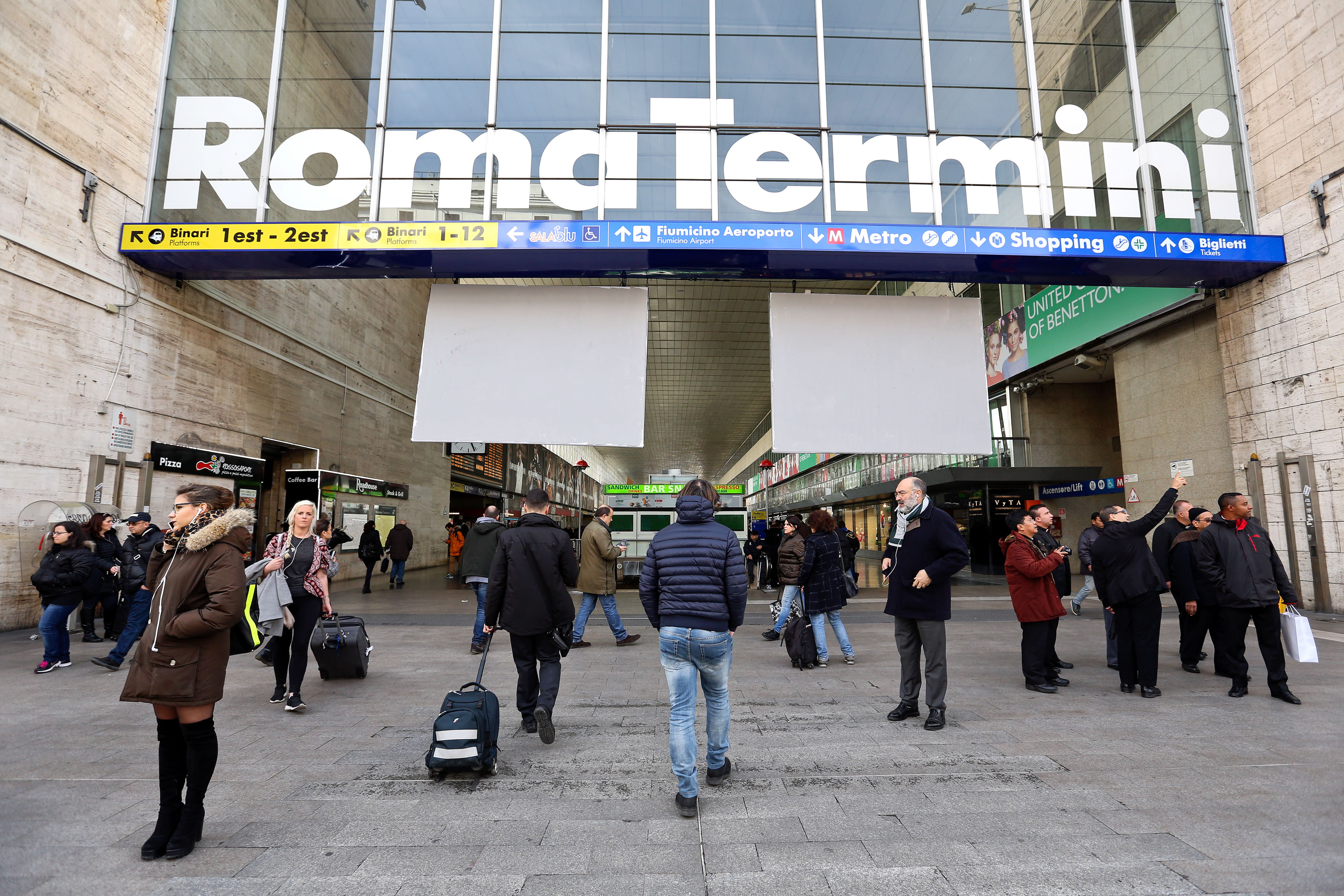
Over the last 20 years, roughly a half-million Italians aged 18 to 39 have moved abroad, especially to more economically dynamic European Union countries such as Germany, France, and the United Kingdom. And those are just the official figures; the actual numbers are probably much higher, possibly more than double. Why are young Italians so eager to leave?
It is not for lack of political representation. Since 2013, the share of Italy’s parliament that is under 40 has increased from 7 per cent to 13 per cent. Moreover, Italy now has one of the youngest governments among advanced countries (only France does better). And Prime Minister Matteo Renzi, at age 41, is Italy’s youngest prime minister ever.
Nonetheless, young Italians remain deeply dissatisfied with the state of their country and the economic opportunities it can provide. Indeed, despite Renzi’s promise to implement reforms aimed at rejuvenating the country’s economy and institutions – the platform on which he won power in 2014 – some 90,000 Italians under the age of 40 have since left.
Renzi’s message, while skillfully crafted and optimistic, cannot mask the harsh economic reality in Italy today. Most jarring, youth unemployment stands at 39 per cent – one of the highest rates in the EU and well above the bloc’s average of 20 per cent. With 26 per cent of people under the age of 30 not in school, employment, or training – the second-highest rate in the EU, behind only Greece – structural youth unemployment will prove difficult to correct.
Even those who have jobs have reasons to be unhappy. According to Eurostat, Italy’s young people are among the most dissatisfied with their jobs, with many convinced that the best jobs are reserved for the well connected. And, indeed, corruption still poses a major challenge for Italy; Rome’s last two mayors, for example, were forced out of office for malfeasance. In last year’s Transparency International’s Corruption Perceptions Index, Italy was ranked 61st, trailing all other advanced economies.
Making matters worse, Italy’s economy has been stagnant for years. To be sure, it remains the world’s eighth-largest economy, with a per capita income of roughly €26,000 ($29,300) and a relatively high gross savings rate of 18 per cent of GDP. But from 2000 to 2015, real GDP shrank slightly, while real per capita income dropped by 0.5 per cent. The 2012-2014 period was especially difficult, with a deep and prolonged recession resulting in a 2.1 per cent drop in real GDP and 4.3 per cent drop in real per capita income.
Unsurprisingly, for many young people, emigration seems a better option than unemployment or underemployment at home, where they must rely on support from their families. Of course, some end up in precarious or unsatisfactory jobs abroad. But for the most skilled and best qualified, the chances of building a career in their chosen field abroad are significantly higher than in Italy.
Not surprisingly, it is Italy’s most qualified who are most likely to leave. This trend began in the late 1980s, with PhDs and researchers who could not find a place at local universities, which are hierarchically controlled, prone to corruption, and starved of funding. Since then many other professionals, from doctors and health-care practitioners to librarians and software specialists, have joined them.
To some extent, this trend is being offset by immigration, with three newcomers (officially) arriving for every Italian who leaves. For Italy’s demographic balance, this influx of foreigners – just over five million people, 8.3% of the population – is a positive development. Not only does Italy have the EU’s oldest population after Germany, with 1.5 people over 65 for every one person under 15; its fertility rate, 1.35 children per woman, is also one of the world’s lowest, about on par with Japan.
But the limited supply of higher-skill jobs in Italy, compared to other advanced EU countries, also affects migrant flows. With 30 per cent of foreign workers believing that they are overqualified for the job they perform, Italy is losing its appeal, especially to skilled professionals. As a result, since 2007, the number of immigrants arriving each year has fallen by half, while the number of emigrants has tripled.
Those who remain in Italy – Italian or foreign – tend to be the least skilled. Some 41 per cent of Italy’s population has only a basic education, a considerably higher share than in most other European countries (with the exceptions of Portugal, Malta, and Spain). Moreover, 17 per cent of Italy’s population leaves education prematurely, and only 22 per cent of young people receive tertiary education.
The good news is that Italy, along with its EU partners, has already committed to improving these education outcomes. The European Commission’s Europe 2020 growth strategy – aimed at creating “a smart, sustainable, and inclusive economy” – demands that countries reduce by 2020 the share of early school leavers to below 10 per cent and ensure that at least 40 per cent of people aged 30-34 have completed some form of higher education.
But these goals represent just one feature of an effective strategy for revitalizing Italy’s economy and capacity to attract top talent. Italy’s government must also fulfill its promise of further improving labour-market flexibility and fighting corruption, including in the form of nepotism. Given the headwinds of a sluggish world economy and the legacy of a long recession, however, reforms will be difficult to implement. At the very least, they will take time.
In the meantime, young Italians will continue to try to build their future elsewhere. Not even a young, buoyant prime minister can persuade them to stay. - Project Syndicate